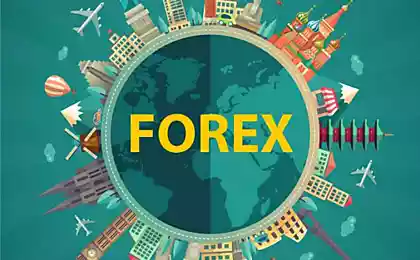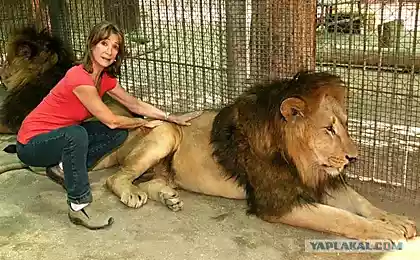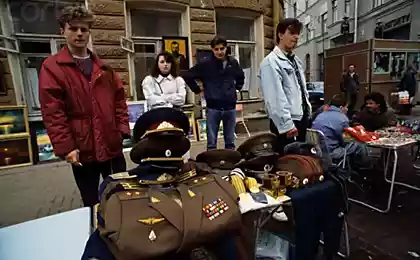1342
The illicit trade in tigers in Burma (13 photos)
Provincial markets and retail shops in the Burmese towns of Mong La (on the Chinese border) and Tashilek (on the Thai border), is the central point for the sale of body parts inhabitants of wildlife, including the skin, bones, paws and teeth of animals. Goods shipped to China and Thailand, both by land and by sea or sold to tourists on the spot. Meanwhile, in St. Petersburg hosted the opening of the International Forum on tiger conservation, the population of which, in this century, has decreased by 97%.

Mong La, Burma. Preparing to sell tiger skin. At the International Forum on tiger conservation that opened in St. Petersburg, began discussion of a campaign to increase the number of tigers by 2022, twice.

Mong La, Burma. Preparing to sell tiger skin. International Forum on tiger conservation, which recently opened in St. Petersburg, is the biggest political meeting at the highest level, which is aimed at protecting only one animal species.

Crossing the border of Mae Sai Tashilek, region Chiang Rai in northern Thailand. The goods can be easily transported to markets in Burma (Myanmar) over the Thai border.

Large traders skins of tigers and other wild inhabitants, to sell their products at home and in shops where the goods can be nice to hang out and demonstrate, as you see in this picture.

Merchant in Tashileke openly sells skin clouded leopard and other endangered species, wildlife inhabitants.

The buyer inspects leopard skin in one of the shops of the town of Mong La, Burma.
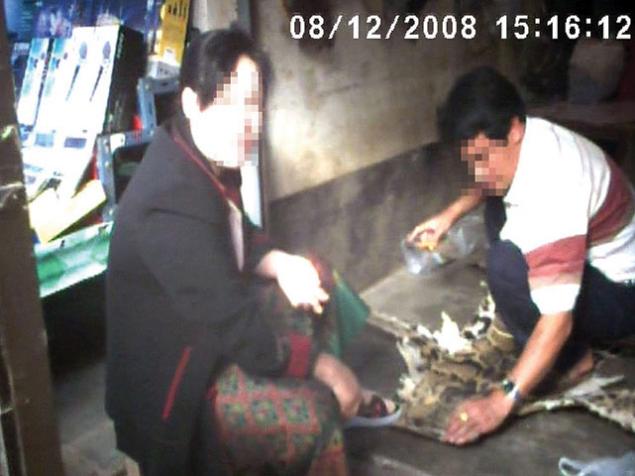
Merchants treated fresh skin clouded leopard in the city Tashilek, Burma.

Central Market in Mong La. Here dealers can boast a large variety of wildlife products ranging from the clutches of bears and leopards of various parts, ending with deer antlers.
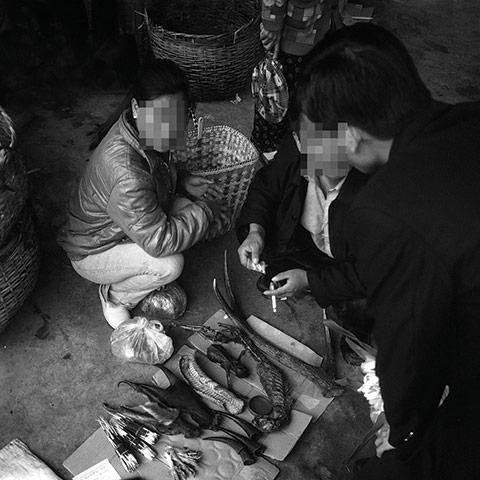
Chinese customers are interested in the cost of tooth tiger. Mong La, Burma.
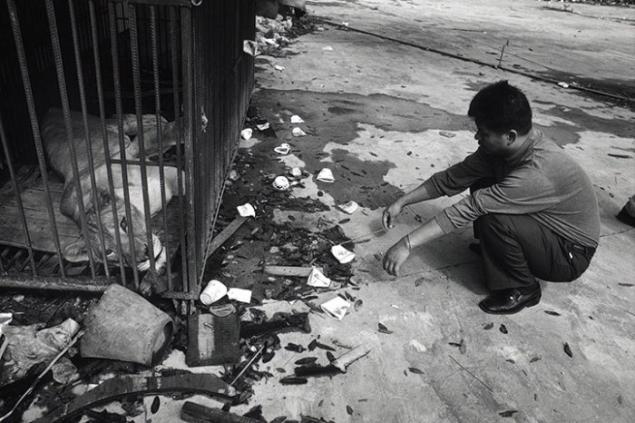
The dealer inspects the Asian Lion. Mong La, Burma.
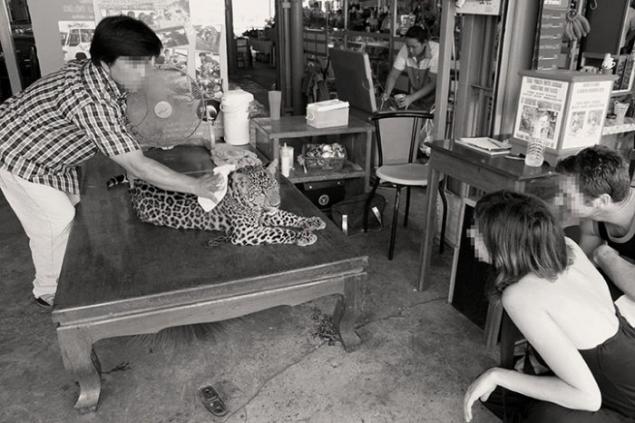
Demonstration leopard to attract tourists. The market on the bridge of the river Kwai, in Kanchanaburi, western Thailand.
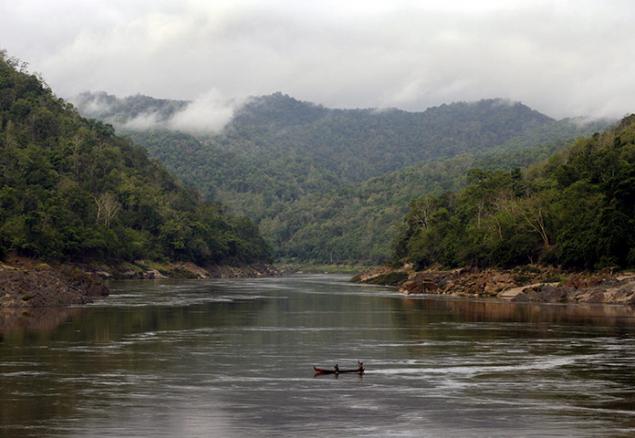
Men Karen tribe on the boat cross the river Salween. The river is often used as the crossing of illegal goods, including Northern tigers from Burma to Thailand.

Mong La, Burma. Preparing to sell tiger skin. At the International Forum on tiger conservation that opened in St. Petersburg, began discussion of a campaign to increase the number of tigers by 2022, twice.

Mong La, Burma. Preparing to sell tiger skin. International Forum on tiger conservation, which recently opened in St. Petersburg, is the biggest political meeting at the highest level, which is aimed at protecting only one animal species.

Crossing the border of Mae Sai Tashilek, region Chiang Rai in northern Thailand. The goods can be easily transported to markets in Burma (Myanmar) over the Thai border.

Large traders skins of tigers and other wild inhabitants, to sell their products at home and in shops where the goods can be nice to hang out and demonstrate, as you see in this picture.

Merchant in Tashileke openly sells skin clouded leopard and other endangered species, wildlife inhabitants.

The buyer inspects leopard skin in one of the shops of the town of Mong La, Burma.

Merchants treated fresh skin clouded leopard in the city Tashilek, Burma.

Central Market in Mong La. Here dealers can boast a large variety of wildlife products ranging from the clutches of bears and leopards of various parts, ending with deer antlers.

Chinese customers are interested in the cost of tooth tiger. Mong La, Burma.

The dealer inspects the Asian Lion. Mong La, Burma.

Demonstration leopard to attract tourists. The market on the bridge of the river Kwai, in Kanchanaburi, western Thailand.

Men Karen tribe on the boat cross the river Salween. The river is often used as the crossing of illegal goods, including Northern tigers from Burma to Thailand.




